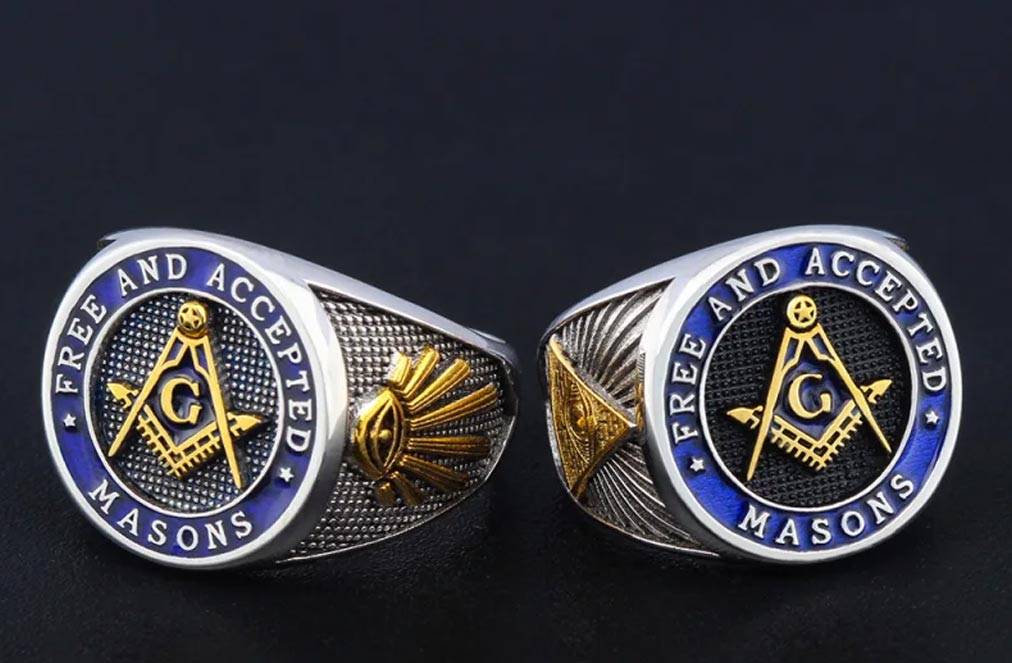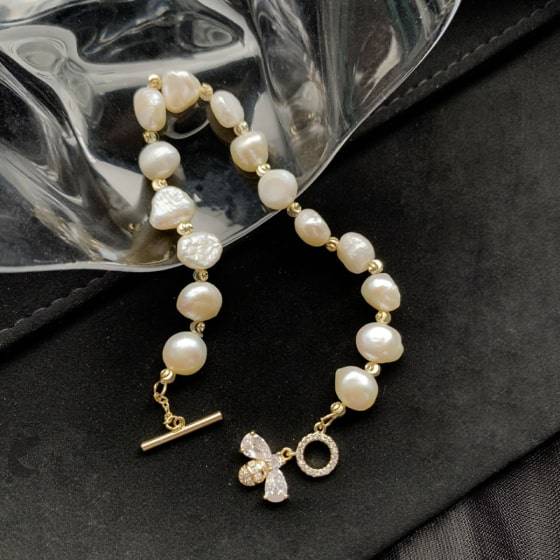Unlocking the Mysteries of Masonic Rings

Table of Contents
How Masonic Rings Hold the Power to Transform Your Identity Forever
Masonic rings have long intrigued both Masons and non-Masons alike, sparking debates and controversies over their symbolism and proper wear. In this comprehensive guide, we delve into the enigmatic world of Masonic rings, shedding light on their significance, controversies, proper etiquette, historical context, and modern interpretations.
Deciphering the Symbolism

Masonic rings serve as tangible reminders of the principles and values upheld by Freemasonry. Central to their design are intricate symbols, each laden with layers of meaning. The square and compass, perhaps the most recognizable emblem, represent morality and virtue, while the triangle with the yud symbolizes the divine and the sacred trinity. These symbols, steeped in ancient wisdom and esoteric teachings, serve as guiding principles for Masons on their spiritual journey.
Despite misconceptions perpetuated by popular culture, Masonic rings are primarily ornamental in nature, meant to evoke introspection and reflection rather than clandestine identification. While they may indeed serve as subtle markers of Masonic affiliation, their true purpose lies in fostering personal growth and adherence to Masonic values.
The Controversy Unveiled

One of the most intriguing aspects of Masonic rings is the controversy surrounding their proper wear. Should the points of the compass face up or down? This seemingly innocuous question has ignited passionate debates within the Masonic community, with various factions staunchly defending their preferred orientation.
Some argue that wearing the ring with the points facing up allows the wearer to gaze upon the symbols, serving as a personal reminder of their Masonic commitments. Others contend that wearing the ring with the points facing down ensures that the symbols are visible to others, thereby proclaiming one’s Masonic affiliation to the world.
In truth, there may be no definitive answer to this age-old question. Rather, the choice of orientation may vary based on personal preference, cultural traditions, or even the symbolism associated with different Masonic degrees. What remains undeniable is the profound significance that Masonic rings hold for their wearers, regardless of their chosen orientation.
Etiquette and Tradition
While Masonic rings are prized possessions, they also carry a set of etiquettes and traditions that must be respected. According to Masonic protocol, the wearer has the freedom to choose which hand and finger to wear the ring on, as well as its orientation. However, there are certain degrees of Masonic rings, such as the 14th and 33rd degrees, which carry additional responsibilities and obligations.
In the case of these higher degrees, the rings symbolize solemn promises made to fellow brothers and to a higher purpose. As such, they are not to be transferred to others upon the wearer’s demise but instead entrusted to a designated individual, such as one’s oldest son or closest friend. This tradition underscores the sacred nature of Masonic rings as symbols of brotherhood and shared values.
Historical Context and Modern Interpretations
To fully appreciate the significance of Masonic rings, it is essential to understand their historical context and evolution over time. Masonic rings have been worn by members of the fraternity for centuries, serving as outward expressions of their allegiance to Masonic principles.
In the modern era, Masonic rings continue to hold sway, albeit in a more diverse and inclusive fashion. While traditional designs remain popular, contemporary interpretations of Masonic symbolism have emerged, catering to a new generation of Masons seeking to express their unique identities within the fraternity.
Conclusion: Embracing the Mystique

In conclusion, Masonic rings stand as timeless symbols of brotherhood, virtue, and shared values. Whether adorned with ancient symbols or crafted in contemporary designs, these rings serve as tangible reminders of the principles upheld by Freemasonry. While debates may rage on about their proper wear and symbolism, it is ultimately the wearer’s personal connection to these symbols that imbues them with meaning and significance.
As we continue to unlock the mysteries of Masonic rings, let us embrace the rich tapestry of tradition, symbolism, and personal conviction that they represent. Whether worn as a proclamation to the world or a private reminder of one’s commitments, the Masonic ring remains a cherished emblem of brotherhood and shared values.
What is the point of a Masonic ring?
The primary purpose of a Masonic ring is to serve as a symbolic representation of the wearer’s affiliation with Freemasonry and adherence to its principles. Beyond mere ornamentation, Masonic rings are imbued with deep meaning and significance, often featuring intricate symbols that convey moral and spiritual teachings. These rings act as tangible reminders of the values upheld by Masons, fostering a sense of unity and shared purpose within the fraternity.
What does the G mean in the Masonic ring?
The letter “G” featured prominently in many Masonic rings symbolizes several key concepts within Freemasonry. While interpretations may vary slightly, the most common associations include “God,” “Geometry,” and “Gnosis” (knowledge). “God” represents the divine presence and the source of all creation, while “Geometry” signifies the precision and orderliness inherent in the universe. “Gnosis” denotes the pursuit of spiritual enlightenment and the quest for deeper understanding. Together, these interpretations encapsulate the foundational principles of Freemasonry and underscore the importance of moral and intellectual development.
What finger do you wear a Masonic ring on?
Traditionally, there is no strict rule dictating which finger a Masonic ring should be worn on, as it largely depends on personal preference and cultural customs. However, the most common practice among Masons is to wear the ring on the third finger of the dominant hand. This finger, often referred to as the “ring finger,” is traditionally associated with symbolism related to love, loyalty, and commitment, making it a fitting choice for displaying one’s allegiance to Freemasonry.
What does the black Masonic ring mean?
The black Masonic ring holds special significance within the fraternity and is often associated with specific degrees or orders. In some cases, a black Masonic ring may denote membership in a particular Masonic order, such as the Scottish Rite or the York Rite, each of which has its own distinct rituals and teachings. Alternatively, a black Masonic ring may symbolize mourning or remembrance, serving as a tribute to fallen brothers or reflecting a period of personal reflection and introspection. Regardless of its specific meaning, the black Masonic ring serves as a powerful symbol of brotherhood, tradition, and shared values within the Masonic community.
Explore the collection of Masonic rings and jewelry available at jwlraddicts.com, where each piece is crafted with precision and imbued with the timeless symbolism of Freemasonry. Join our community of Jewelry Addicts and discover the perfect symbol to adorn your Masonic journey.
All right’s reserved @ 2024 Jwlraddicts.com




















